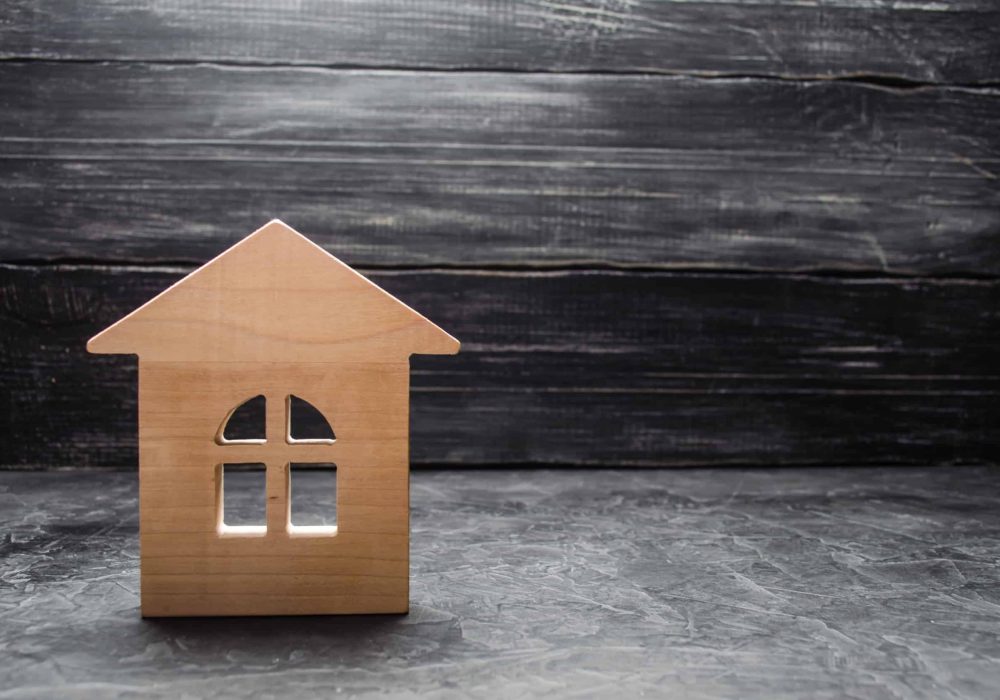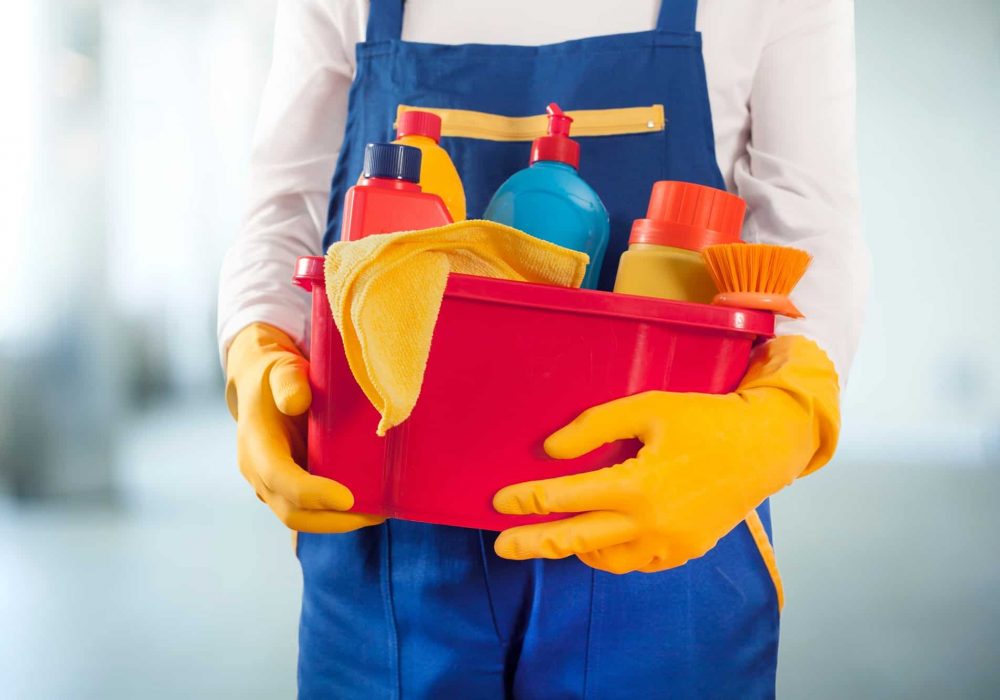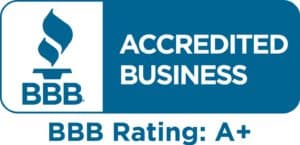You’ve probably seen them everywhere without even realizing it. Often mistaken for stucco or concrete, a wide variety of homes and commercial buildings have them. They’re Exterior Insulation and Finish Systems (EIFS), and they consist of several layers of building products. Despite how thick they appear on the outside, they are actually thinner than an inch once completed! In this article, we are going to explain what an EIFS is, as well as some of the pros and cons of using this system to insulate a building.
What Does EIFS Consist Of?
Exterior Insulation Systems are not the same as the interior insulation that you’ll find in between your wall studs. Think of it as an extra layer of protection on the outside of a building, with superior energy efficiency. An EIFS will include attaching a layer of insulation with an adhesive to a wall, then adding a base coat, then covering with a textured covering. That textured covering typically has a stucco style appearance, but a variety of finishing options now exist and are used. The method was first used after WWII in Germany, in order to repair and replace the exteriors of buildings destroyed during the war.
What Are The Pros?
An EIFS can have almost unlimited architectural uses since the materials can be shaped into almost anything. This makes arches and other exterior fixtures easy to replicate. Since it is installed on the exterior of a building, it creates additional insulation without taking up any interior square footage. This is especially helpful if your commercial property is located in areas where square footage is at a premium and every inch matters.
It is also more energy-efficient, so even if it is a little more expensive to install, the savings over time often pay for the system and then some. On average, EIFS can save property owners or residents anywhere from 20% to 30% on their energy bill. All of these points are important and add value to any commercial property.
What Are The Cons?
Installation of these systems is incredibly tricky and often require a trained and certified professional. There are a variety of systems made by numerous manufacturers, and they are all different and require a unique installation method. This can make installing for homeowners or inexperienced contractors a challenge. If the system isn’t installed correctly, then moisture builds up in the outer walls of a property can occur, which leads to expensive repairs, mold, or other problems. Some systems include a drainage layer that helps prevent this problem.
If you have one of these systems on the exterior of your property and you need it repaired, it is important to call an expert that is trained and understands the manufacturer’s requirements. You can waste time and money giving the task to an in-house maintenance team because mistakes can cause long-term problems. Luckily, HDG Mastertrade can repair these systems, so call us today and get a quote!
Sources:
https://en.wikipedia.org/wiki/Exterior_insulation_finishing_system








